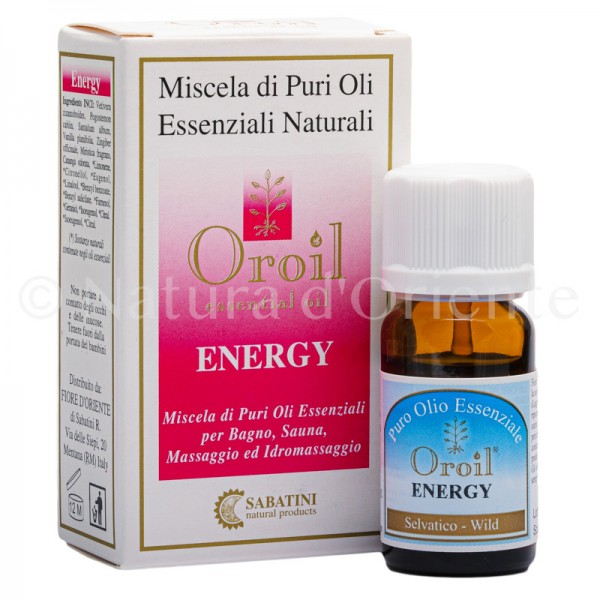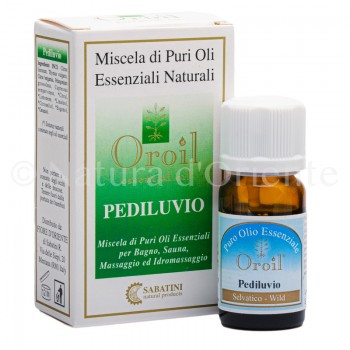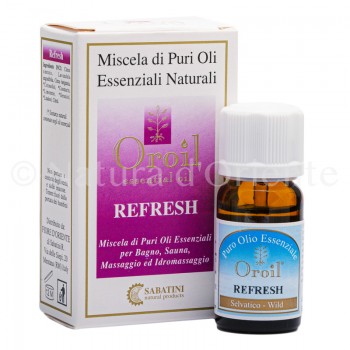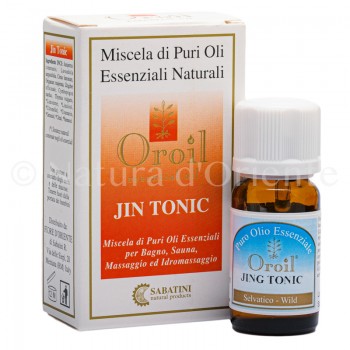A blend of essential oils which, thanks to their energizing and invigorating properties, help fight fatigue.
Essential oils that make up the blend
The essential oils that make up the anti-stress blend are extracts of the following plants: vetiver (Vetiveria zizanioides), patchouli (Pogostemon cablin), citrine sandalwood (Santalum album), vanilla (Vanilla planifolia ), ginger (Zingiber officinale), nutmeg (Myristica fragrans), ylang ylang (Cananga odorata).
The plants from which essential oils are obtained
Vetiver is a perennial herbaceous plant native to India. The scientific name of the species is Chrysopogon zizanioides (but other names are accepted, including Vetiveria zizanioides). Vetiver belongs to the Poaceae family, i.e. the grasses. The plant has tall stems (it can reach one and a half meters in height) and long, thin leaves. The flowers are purple-brown.
Patchouli, scientific name Pogostemon cablin, belongs to the Lamiaceae family. The plant is a bush with a purple-colored stem that can reach up to one meter in height. It has large, light green, oval leaves that give off a strong scent. Citrine sandalwood is a tropical tree of the Santalaceae family. The plant, whose scientific name is Santalum album L. is native to India and Indonesia. It is a small tree, it grows between 4 and 9 meters. The bark can be brown or reddish, the heart woody, pale green or white, which is the reason for the adjective album (white) in the name. Perhaps not many know that vanilla (Vanilla planifolia) is an orchid native to Mexico. The plant looks like a climbing liana that climbs the trunk of other trees. The most famous feature are the fruits, capsules (not pods) from which the famous spice used in the kitchen is obtained. The plant from which ginger is obtained is called Zingiber officinalis and belongs to the Zingiberaceae family. The visible part of the plant has long hollow stems and scapes (flowering axes without leaves) with greenish-yellow flowers with purple spots, but the most interesting part is hidden: the rhizome (a modification of the stem of the plant immediately above the roots, which swells and assumes a reserve function) fleshy underground.
Nutmeg would not actually be the name of the plant which is Myristica fragrans, two spices are obtained from this plant: nutmeg (which is the hulled seed) and mace ( the outer part that covers the seed). It is a tree that usually grows between 5 and 10 meters but can reach 20 The bell-shaped flowers are fleshy and pale yellow. Cananga odorata is a medium-sized tree that belongs to the Annonaceae family. In Southeast Asia it is known by various names, ylang ylang, the one that has also spread to the West comes from the Tagalog language, the main local idiom of the Philippines. The rapid growth of this medium-sized tree allows it to quickly reach the definitive 12 meters that are the norm. In addition to all of South-East Asia, the diffusion area reaches as far as Australia and even the Solomon Islands.
Properties of the essential oils in the energizing blend
The essential oil of vetiver is fortifying and regenerating, among the properties attributed to it there is the immunostimulant one, it is recommended against tiredness and to promote rest and relaxation, but also against muscle pain and rheumatic pain. Patchouli essential oil has properties similar to those of chamomile, therefore, in addition to having healing properties, it has a mild anxiolytic power. Sandalwood essential oil has anti-inflammatory and calming properties. Vanilla essential oil has relaxing and rebalancing effects on the nervous system. The ginger essential oil is appreciated for its pain-relieving activity, useful against rheumatism, muscle pain and headaches. Nutmeg essential oil is added to massage oils because its ability to stimulate circulation helps with sore muscles. The essential oil of ylang ylang has stimulating properties of the circulation and in aromatherapy it is considered a calming but also a tonic.



 No reward points for this product.
No reward points for this product.









